We spend hours, weeks and months tirelessly crafting the perfect project, so it’s vital that after all of our hard work we care for it properly so it can be enjoyed for years to come. Below you’ll find some top tips for caring for a variety of different yarns and projects.
Always read the label
Our number one tip is that before you get soaking, make sure you’ve checked the label in detail – some yarns can’t tolerate being submerged in hot water. In fact, the yarn label will tell you everything you need to know about your knitted or crocheted garment, beyond just washing… Can you iron it? Will it stretch? This information can all be found on the label so it can be handy to keep hold of it or take a picture of it.
Machine-washable is your friend
Machine-washable yarns, otherwise referred to as superwash yarns, are perfect for the items that you’re planning on washing a lot. It’s often very difficult to tell the difference to regular yarn on first sight, so you’re certainly not missing out on visible quality. Baby clothes and accessories and adult garments are going to be in and out of the wash so this is when you’ll want to opt for superwash yarns – they’re often pre-treated so they will not shrink when washed. Wash the item on a gentle cycle in your machine. You can try adding a natural-fibre shampoo like you’d use if you were handwashing regular wool or yarn.
Need to hand wash?
If you’ve crafted with a yarn that isn’t machine washable, this is when you’ll need to clean it by hand. Make sure you wash it somewhere that it can be completely submerged, such as the bath or a large plastic tub. Always be gentle with your item, don’t wring it out or stretch it. Keep draining the soapy water away and rinsing it with cold water until you’ve removed all the soap and bubbles. Remove any excess water and lay it out on a towel when you’re done – you can use the towel to squeeze any extra water out at this point.
Should I dry it?
A lot of yarn and wool labels will suggest that a tumble dryer is fine to use, which in most cases it is, however try to air dry where you can and lay your item flat.
What is blocking?
Blocking is a technique where you wet and reshape your project and let it dry on a flat surface. Garments are the projects you’ll want to block as it will help the item to keep their shape. When you’re working in stocking stitch you’ll find that as your work becomes longer, the edges start to curl. If you are knitting a sleeve it can end up completely curled, but don’t fear because you can easily fix this by blocking your finished piece. Here’s how to do it… Soak your knitting in cold or lukewarm water and add a drop of fabric softener so it smells nice. Drain and squeeze gently to get most of the water out. Lay a large towel on the floor and place your knitting on it, fold the towel over it and step on top to get more water out. Pin your piece into shape around the edges. Leave to dry and it will stay in the shape you have blocked it to. This also makes it much easier to sew up afterwards.
My item is second hand, what do I do?
If you’ve been given an item that’s been made by someone else, or perhaps you’ve bought it from a charity shop you’ll need to find out what yarn was used before you can start washing it. This can be done very easily. First, remove a strand of yarn from the item and light it with a match. If the smell is chemical and the yarn melts, then this is likely to be manmade cotton or acrylic yarn – this should be okay in your washing machine. If it instead smells strongly like burning hair and turns ashy, then you’ve got a natural fibre in your hands – you’ll want to make sure you’re handwashing this.
If you’ve got any questions about caring for your makes, get in touch on our Facebook page!











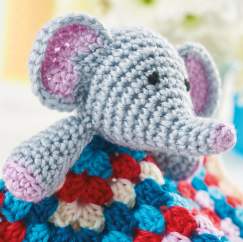
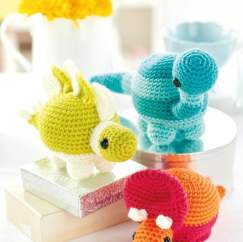
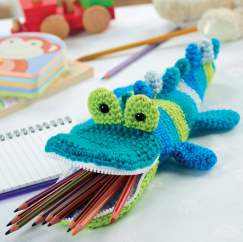
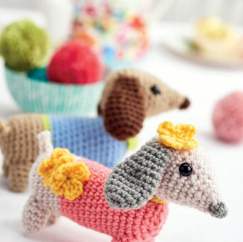

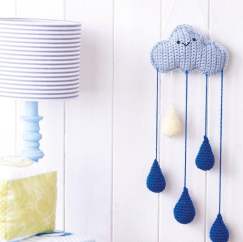
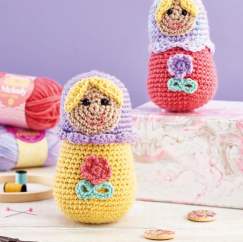

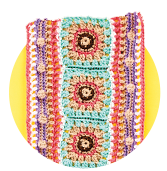 Crochet-along
Crochet-along
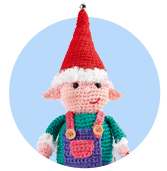 Christmas
Christmas
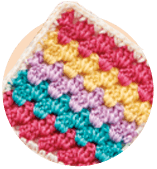 Granny Squares
Granny Squares
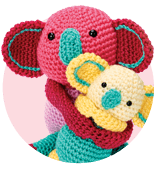 Toys
Toys
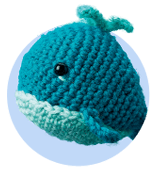 Amigurumi
Amigurumi
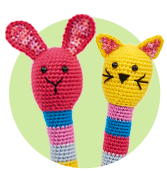 Baby
Baby
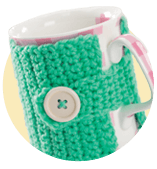 Homewares
Homewares


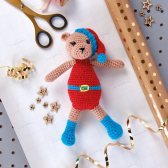







Share